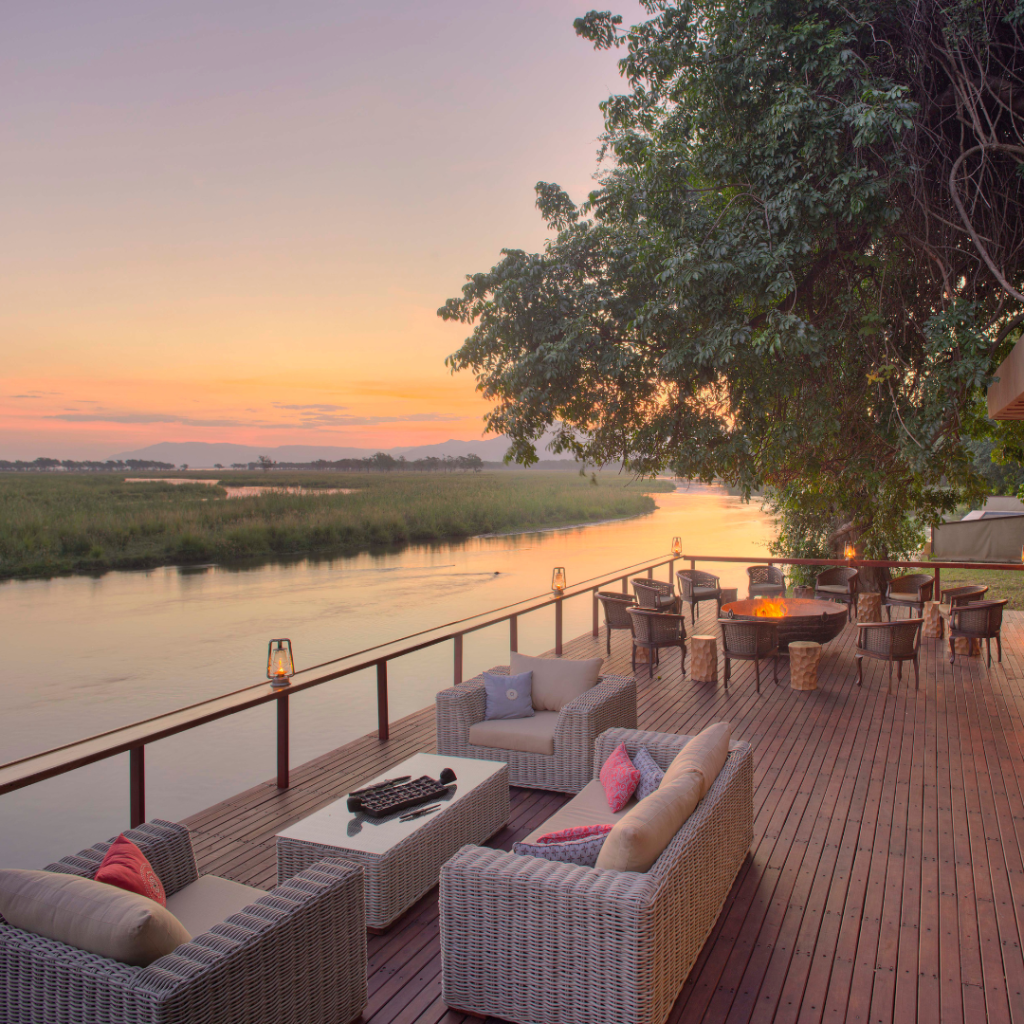AL-BEGRAWIYA, Sudan (AP) — The small, steep pyramids rising up from the desert hills of northern Sudan, resemble those in neighbouring Egypt but, unlike the famed pyramids of Giza, the Sudanese site is largely deserted.
The pyramids at Meroe, some 200 kilometers (125 miles) north of Sudan’s capital, Khartoum, are rarely visited, despite being a UNESCO World Heritage site like those in Egypt. Sanctions against the government of long-time President, Omar al-Bashir, over Sudan’s long-running internal conflicts, restrict its access to foreign aid and donations and seriously hamper tourism.
The site, known as the Island of Meroe because a now long-dried river ran around it in ancient times, once served as the principal residence of the rulers of the Kush kingdom, known as the Black Pharaohs. Their pyramids, ranging from 6 meters (20 feet) to 30 meters (100 feet) tall, were built between 720 and 300 B.C. The entrances usually face east to greet the rising sun.
The pyramids bear decorative elements inspired by Pharaonic Egypt, Greece and Rome, recognized as priceless relics by UNESCO. Unfortunately however, says Abdel-Rahman Omar, the head of the National Museum of Sudan in Khartoum in the 19th century, over-eager archaeologists tore off the golden tips of some pyramids and reduced others to rubble.







About The Author: Cheryle Velsor
More posts by Cheryle Velsor